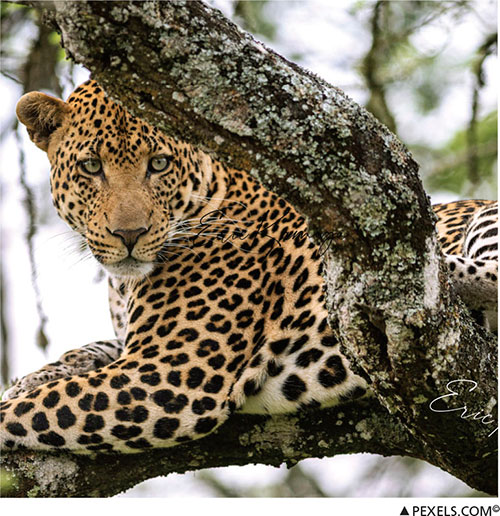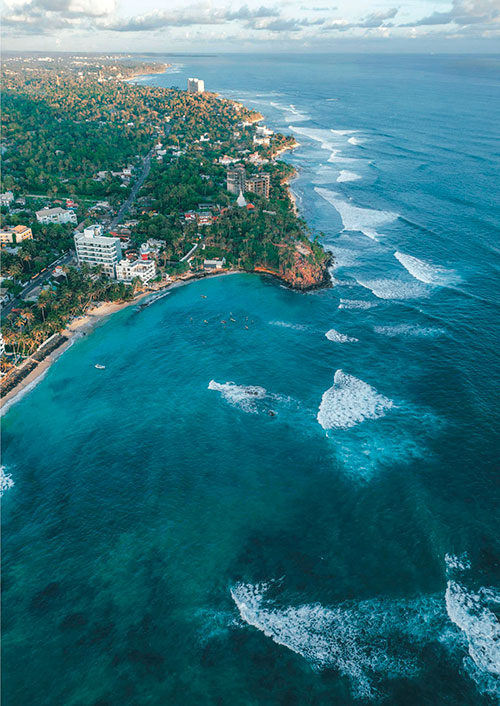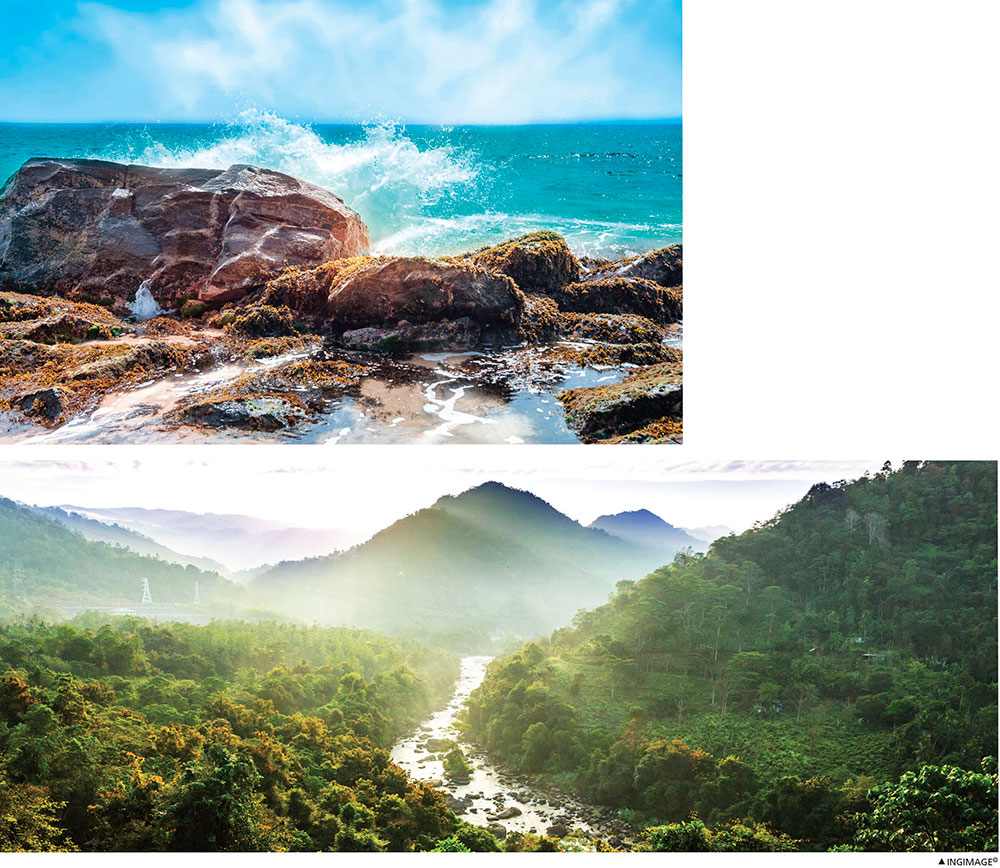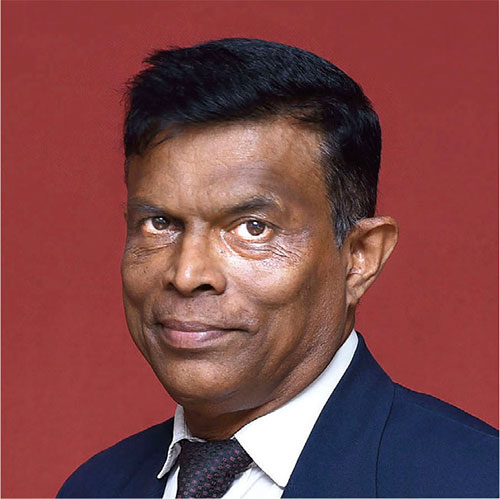DESTINATION OF DIVERSITY
Upali Ratnayake explores Sri Lanka’s unique blend of culture and ecotourism

Q: How do Sri Lanka’s diverse landscapes contribute to its appeal to international travellers?
A: Sri Lanka offers an extraordinary blend of nature and culture, making it a unique travel destination. Travellers can witness both the largest ocean and land mammals in a single day – a testament to its rich biodiversity.
Beyond wildlife, Sri Lanka excels in wellness and spiritual tourism, rooted in Buddhist traditions, yoga and Ayurveda. Its appeal is enhanced by the mild climate, stunning beaches and warm hospitality. Iconic cultural sites reflect an advanced ancient civilisation while over 250,000 archaeological sites across all districts promote tourism beyond the cities.
While nature reserves and wildlife parks support ecotourism, the country’s vast marine resources remain untapped, offering potential for sustainable development.
Q: What strategies are being employed to enhance Sri Lanka’s brand as a premier travel destination?
A: Sri Lanka’s tourism branding has evolved beyond its traditional beach appeal to showcase much more.
The Beyond Beaches campaign highlighted diverse experiences such as wildlife and adventure, while the Come Back for More initiative propped up the post-pandemic tourism recovery and helped visitor numbers grow from 600,000 to 2.3 million.
Current strategies focus on wildlife, heritage and nature based tourism. Initiatives such as The Pekoe Trail promote tea tourism, while villages like Hiriwadunna offer immersive local experiences.
Driven by social media, Ella has emerged as a major destination, thanks to attractions such as the Nine Arch Bridge and scenic train rides. Wellness tourism, including Ayurveda and holistic retreats, is another growing segment.
Sustainability is now central to Sri Lanka’s tourism approach, aligning with global trends favouring eco-friendly travel. Efforts include sustainability certifications for hotels and operators.

Q: Which international markets are key to Sri Lanka’s tourism industry – and why?
A: Sri Lanka’s top tourism market is India; it is driven by proximity, affordability and a shared cultural heritage. With 200 million high spending travellers in India’s outbound travel market, capturing even one percent presents a major opportunity.
Russia has also grown as a key market with charter flights boosting accessibility and a strong interest in tea tourism enhancing Sri Lanka’s appeal. Meanwhile, China remains a priority due to rising disposable incomes and growing outbound travel.
Traditional European markets – including the UK, Germany and France – continue to be pivotal. Germany has the world’s highest travel propensity, the UK benefits from strong air connectivity and France remains a steady contributor. Other European source destinations such as Italy, the Netherlands and Scandinavian nations also play a significant role in the local tourism industry.
Emerging markets including Japan, South Korea, Thailand, Malaysia, Australia and New Zeeland offer growth opportunities for the industry. The Middle East is another strategic region for Sri Lanka – strong flight connectivity attracts both locals and expatriates from Gulf nations.
Q: What are Sri Lanka’s main challenges in becoming a top travel destination? And how are they being addressed?
A: Sri Lanka faces several challenges that require resilient tourism development as the industry is sensitive to economic, political and environmental disruptions.
Visitor experiences and trust are key concerns, with issues such as unfair pricing, scams and unregulated beach vendors affecting the country’s reputation. Addressing these through better regulation, ethical tourism practices and professional training can improve tourist satisfaction.
Another major challenge is visitor spending.
While budget travellers are important, Sri Lanka must attract high value tourists by enhancing services and infrastructure, and positioning itself as a premium destination. While the Maldives enjoys an average daily spend of US$ 500, Sri Lanka’s is estimated at184 dollars with budget travellers spending as little as US$ 25-35 a day.
Service professionalism needs improvement.
Unlike destinations such as Singapore where tourism is valued at all levels, some local service providers prioritise short-term gains over long-term relationships. Training in hospitality ethics and fair pricing is essential.
Safety and security are also critical, requiring stronger law enforcement, improved tourist police services and efficient complaint resolution to build visitor confidence.
Environmental challenges – including littering, poor waste disposal and political interference in governance – need systematic solutions. Stronger policies, better law enforcement and community involvement can ensure sustainable tourism growth.

Q: What emerging travel trends do you foresee shaping the future of Sri Lanka’s tourism industry?
A: Sustainability is a key trend shaping Sri Lanka’s future.
As eco conscious travel grows, the country must adopt sustainable practices to protect its natural resources while offering authentic experiences. With digital nomads seeking destinations that offer scenic beauty and modern connectivity, tourism that combines work and leisure is also rising.
Senior citizen tourism presents another opportunity. With its tropical climate, hospitality and potential for affordable living, Sri Lanka can attract retirees especially from colder regions. However, more investment is needed in senior friendly housing and healthcare to cater to this market.
Experience based tourism is gaining popularity with travellers seeking immersive experiences beyond sightseeing. Sri Lanka has vast potential to develop unique offerings such as tea tourism and village homestays. With strategic planning and investment, the island can become a competitive global destination.

The interviewee is the Deputy Director General and Head of the Sustainable
Tourism Unit of the Sri Lanka Tourism Development Authority (SLTDA).
